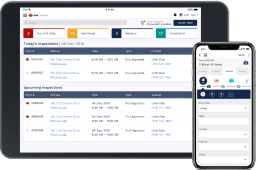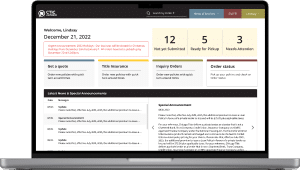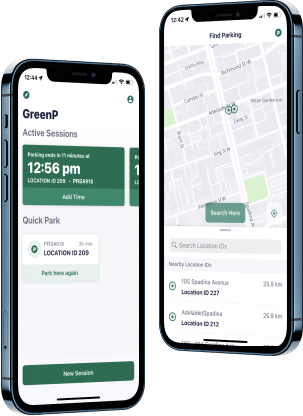The Challenge
The Ottawa Tourism website, a key resource for potential visitors, faced challenges in providing an intuitive user experience across multiple devices and user groups. Issues such as a confusing information architecture, unclear navigation, and difficulty finding crucial content led to frustration and a disjointed user journey. With diverse user personas like Active Adventurers, Sophisticated Explorers, Family Frugal, and Business Travelers, the site needed to be optimized to meet the varied needs and expectations of these personas.
Idea Theorem’s goal was to conduct user testing on both mobile and desktop platforms to identify pain points, flow challenges, navigation issues, and gather feedback on the overall aesthetic and visual design. Based on these insights, we offered recommendations to improve usability, streamline navigation, and organize content for a more seamless user experience, ultimately boosting engagement and retention.
Our Approach
The Outcome

















